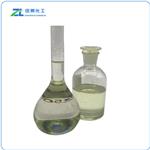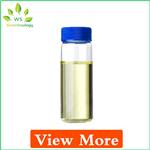Description
Isopropyl laurate is an ester with the formula C
15H
30O
2and has low toxicity. Due to its physicochemical properties, it has a wide range of uses, as a flavoring agent for fragrances, lubricants, surfactants, or emerging solvents. Industrially, isopropyl laurate is prepared by esterification of lauric acid and isopropanol in the presence of a catalyst.
Uses
Isopropyl laurate can be used in the preparation of cosmetic products. Since it can supply an odor similar to alcohol, it is used as an ingredient in perfumes with a maximum concentration of 8%. It has moisturizing, emollient, emulsifying, and surfactant properties, and it can also be added to lotions, facial cosmetics, soaps, and shampoos.
It can prepare lubricants. It has low toxicity to the human body, so it is used as a lubricant in lamination processing and food packaging production. In addition, it has a lower boiling point than ordinary industrial lubricants and can be removed at low temperatures.
It acts as a solvent. Since it is a long-chain ester, it can replace other non-biodegradable short- and medium-chain esters. It has good solubility, high boiling point, good flow characteristics, and gloss, replacing many toxic and persistent industrial solvents in the environment.
It can be used as a binder for cigarette filters or as a plasticizer in polymers such as food packaging and toys.
Definition
ChEBI: Isopropyl dodecanoate is a fatty acid ester obtained by the formal condensation of carboxy group of dodecanoic acid with propan-2-ol. A metabolite found in human saliva. It has a role as a human metabolite. It is a fatty acid ester and an isopropyl ester. It is functionally related to a dodecanoic acid.




